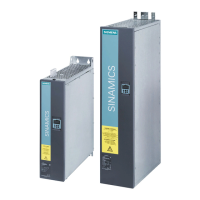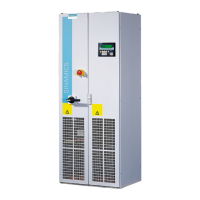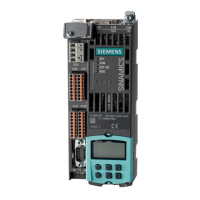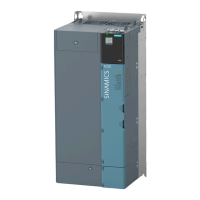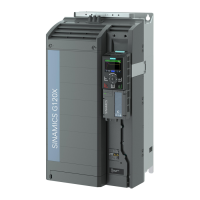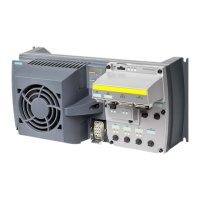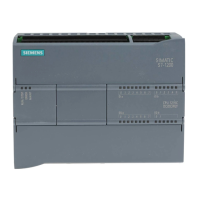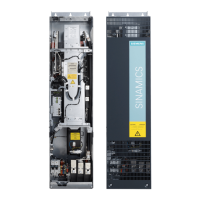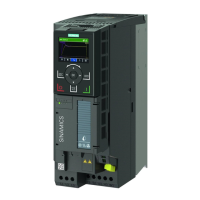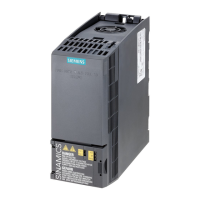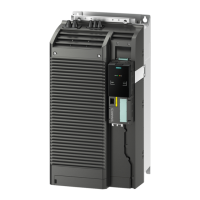12-pulse series connection
4.1 Topologies
12-pulse applications
28 Compact User Manual, 09/2015, A5E34871844H
Figure 4-2 12-pulse series connection (2), block diagram
There are two operating modes:
●
Operation with the same firing times (p51799 = 41):
Both partial converters are fired at precisely the same instant. The master calculates the
firing point and this is transferred to the slave via the parallel interface. Synchronization to
the line supply is exclusively performed by the master. The slave must be connected to
the line supply with the same phase sequence as the master.
●
Operation with sequence control (p51799 = 42):
Both partial converters synchronize to the line supply and generate their own firing points.
The firing angle for the master and the firing angle for the slave are calculated by the
master and the firing angle and the torque direction for the slave are transferred to the
slave via the parallel interface. The firing angle for the master and slave are generated so
that the reactive power load of the line supply is as low as possible. This is the case if
one of the two partial converters is at a control limit and the other carries-out the closed-
loop control. This type of closed-loop control is only possible for continuous current.
Operation with the same firing points is automatically selected in the discontinuous
(pulsating) current range.
The current ripple is significantly higher when the two partial converters operate with
sequence control than when they operate with the same firing times. In this case, the current
ripple approximately corresponds to that for 6-pulse operation. Especially in older motors,
under certain circumstances this ripple can cause problems (for example, during
commutation).
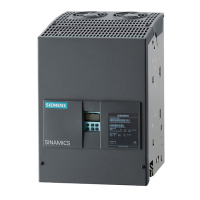
